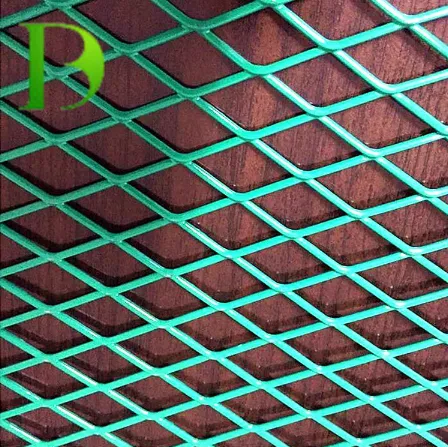The Importance of Climbing Nets in Vegetable Gardening
The beauty of a thriving vegetable garden is not just in the variety of plants, but also in how they are cultivated. Among the various techniques used to maximize space and improve plant health, climbing nets have emerged as a pivotal tool for gardeners. These nets not only support the growth of climbing vegetables but also contribute to better yields and ease of maintenance. This article explores the significance of climbing nets in vegetable gardening and offers insights into their effective use.
Understanding Climbing Vegetables
Climbing vegetables, such as peas, cucumbers, and beans, naturally tend to grow upwards, utilizing structures for support. Unlike bush varieties, these plants have tendrils or other mechanisms that allow them to latch onto surfaces, reaching for the sun. This growth habit introduces unique challenges and opportunities for gardeners. By training these plants to grow on climbing nets, gardeners can optimize vertical space, improve air circulation, and deter pests.
Space Optimization
One of the most compelling reasons to use climbing nets in vegetable gardening is the efficient use of space. Traditional gardening methods often require a significant amount of ground area, especially for sprawling plants. However, by installing climbing nets, gardeners can utilize vertical space effectively. This is particularly beneficial for those with small gardens or urban plots, where land is at a premium.
In a limited garden area, climbing plants can reach heights of 6 feet or more. By growing upwards, they occupy less ground space while still providing a bountiful harvest. This vertical growth allows other plants to thrive in proximity, creating a more diverse garden ecosystem.
Improved Air Circulation and Sunlight Exposure
Climbing nets not only aid in space management but also enhance air circulation around the plants. When climbing vegetables are supported on a net, they are elevated above the ground, reducing the likelihood of moisture accumulation on the leaves. This is crucial for preventing fungal diseases, which thrive in damp, enclosed environments. Improved air circulation promotes healthier plants, leading to higher yields and better-tasting produce.
vegetable climbing net

Additionally, upward growth minimizes shading. When plants are allowed to sprawl on the ground, they can often block sunlight from reaching one another. With climbing nets, each plant has the opportunity to receive adequate sunlight, promoting photosynthesis and overall plant health.
Pest Deterrence
Pests can be a significant threat to vegetable gardens, but using climbing nets can help mitigate this risk. Elevating plants off the ground reduces the likelihood of soil-borne pests, such as slugs and snails, from reaching the leaves and fruits. Furthermore, climbing nets can act as barriers to some insects while making it easier to manually inspect plants for signs of infestation.
Utilizing climbing nets also facilitates better maintenance practices. Gardeners can more easily access their plants without stepping on soil, reducing soil compaction and helping to maintain a healthy root system.
Types of Climbing Nets
When selecting a climbing net for vegetable gardens, it's important to consider the type of plants being grown. Different vegetables may require different types of support. For instance, lighter vegetables, such as peas, can benefit from softer, less rigid nets, while heavier produce like tomatoes or cucumbers may need sturdier structures.
Nets can be made of various materials, including nylon, jute, or even bamboo. Each offers a different level of durability and aesthetics. Gardeners should feel encouraged to choose a color and texture that complements the overall garden design while ensuring the net is strong enough to bear the weight of the climbing vegetables.
Conclusion
In conclusion, climbing nets are an essential component of successful vegetable gardening, turning the challenges of space, plant health, and pest management into opportunities for productivity. By investing in climbing nets, gardeners can harness the natural growing behavior of climbing vegetables, ultimately leading to healthier plants, increased yields, and a more enjoyable gardening experience. So whether you're a seasoned gardener or a novice, integrating climbing nets into your garden can transform how you grow your vegetables and enhance the beauty of your green space.
-
Versatility of Expanded Aluminum Metal for Various Applications
NewsMay.19,2025
-
The Geometry of Steel Gratings: Why It Matters
NewsMay.19,2025
-
Reinforcement Applications of Perforated Mesh in Masonry
NewsMay.19,2025
-
Essential Tools for Installing a Deck Mesh Railing
NewsMay.19,2025
-
Anti-Slip Flooring Made with Stainless Expanded Mesh
NewsMay.19,2025
-
Adjustable Steel Grating for Uneven Terrain
NewsMay.19,2025
Subscribe now!
Stay up to date with the latest on Fry Steeland industry news.

